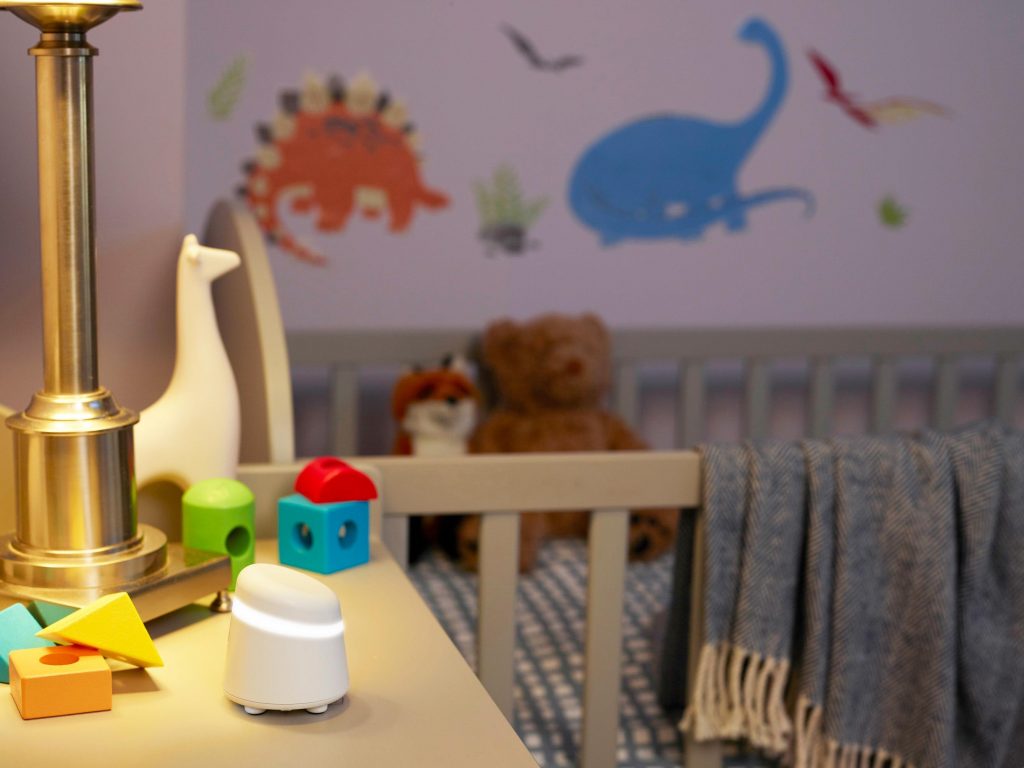(BPT) – You may have chosen the perfect color palette and all of your nursery furniture, but have you thought about some key safety checks?
Maintain crib safety
According to the Centers for Disease Control and Prevention, two-thirds of children’s deaths under the age of one are caused by suffocation. Make sure that, when prepping the nursery, the crib meets safety standards, and avoid loose bedding or soft toys in the crib. After the baby arrives, the infant should sleep alone and be placed on his or her back on a firm surface.
Check your smoke alarms
Smoke alarms help protect your family, but in order to do so the alarms need to be present – and working. Install a working smoke alarm in the nursery and ensure that the rest of the home is properly equipped. The National Fire Protection Association recommends smoke alarms inside every bedroom, outside each sleeping area and on every level of the home, including the basement.
Residential smoke alarms need to be replaced at least every 10 years. To find out whether it’s time to replace the smoke alarms in your home, simply look on the back of the alarms where the date of manufacture is marked. The smoke alarm should be replaced 10 years from that date, not the date of purchase or installation.
Protect from the “Silent Killer”
Often dubbed “the silent killer,” carbon monoxide (CO) is a colorless and odorless gas that is impossible to detect without an alarm. According to the Journal of the American Medical Association, CO poisoning is the leading cause of accidental poisoning in the United States and is responsible for an average of 450 deaths each year. Standard CO alarms are designed to alert people to high levels of CO (30-70 parts per million), which can be fatal.
However, lower levels of CO have also been proven to be harmful to infants. Fully protect your newborn from both high and low levels of CO with the Onelink by First Alert Environment Monitor, which provides protection for those most vulnerable to CO levels as low as 9 parts per million, and peace of mind for parents. Compatible with Apple HomeKit and Alexa Skills, it also monitors temperature and humidity, and notifies users of changing conditions.
Update the escape plan
It is important to plan and practice an escape plan for your home in the event of a fire. According to an NFPA survey, only one of every three American households has actually developed and practiced a home fire escape plan. This is even more important with the addition of a new member to your family. As a family, walk through the home and inspect all possible exits and escape routes. Identify two ways out of each room, including windows and doors. For the second story, place escape ladders near windows, and practice setting it up so you’ll be able to use it correctly and quickly in an emergency. Make sure everyone understands the plan, with special attention to carrying the newborn. Choose an outside meeting place that is a safe distance from your home, and make sure to practice your escape plan twice a year – and before the baby comes.
Create an emergency call list
Even though everything we need is on our smartphones these days, when a babysitter or nanny is with your infant, they might not be as prepared in case of an emergency – and you might not be either! Having an emergency contact list readily available can potentially save time and make everything go a little more smoothly when there is a crisis. Make sure the list includes family numbers, poison control, non-emergency numbers for police and fire departments, and neighbors’ phone numbers.
Please click here to contact a Pacific Home Brokers™ agent to learn more.

